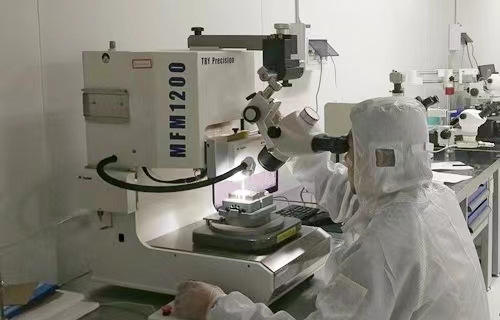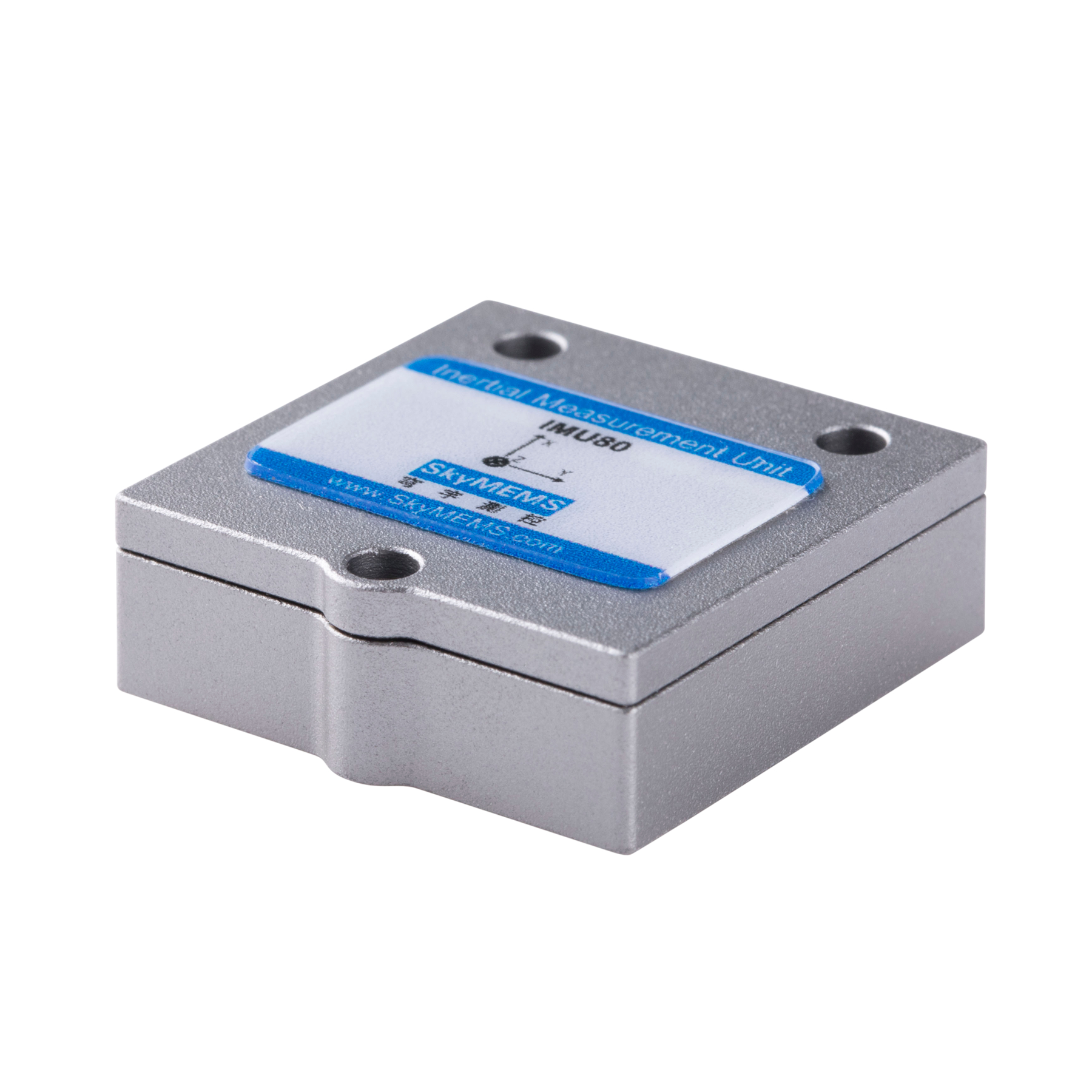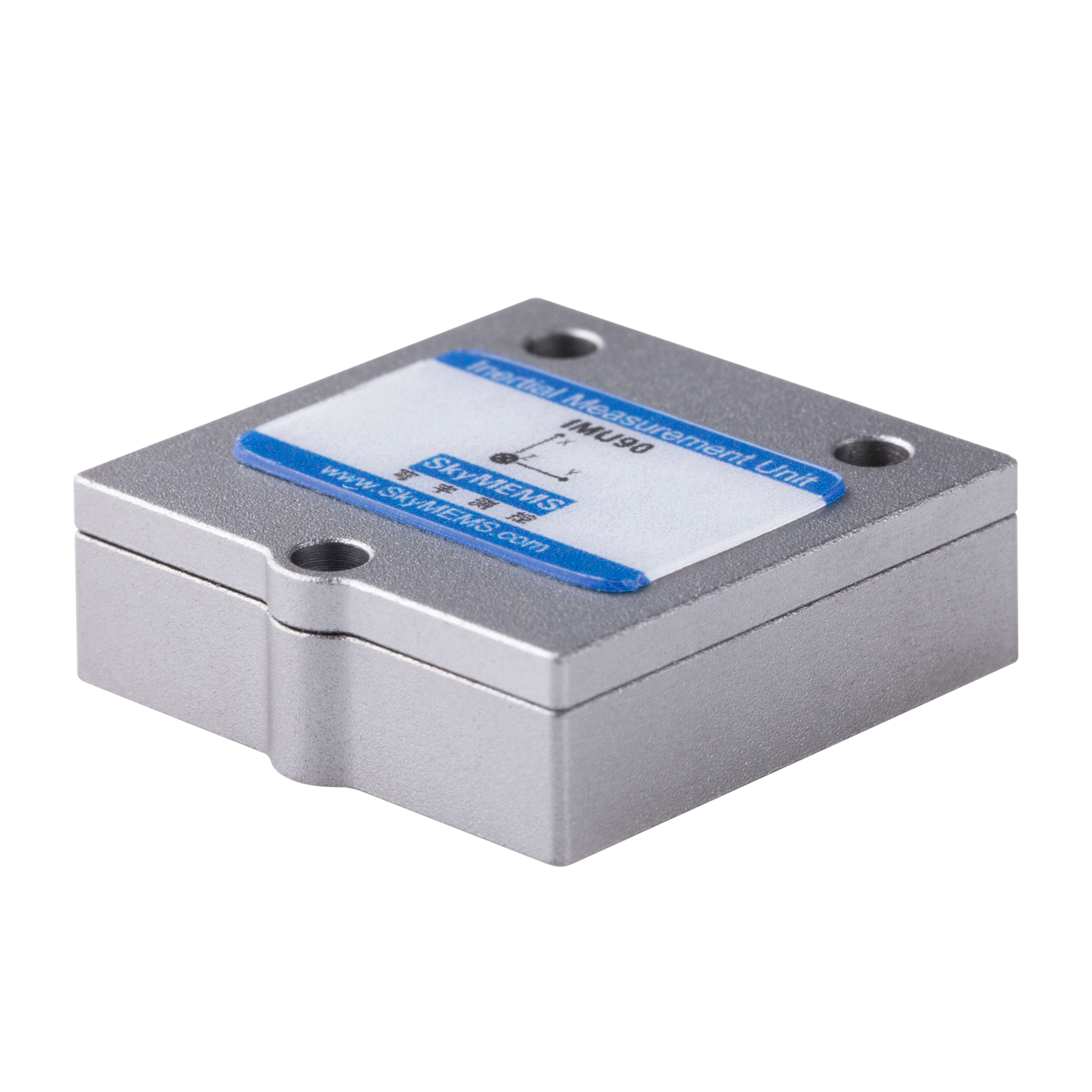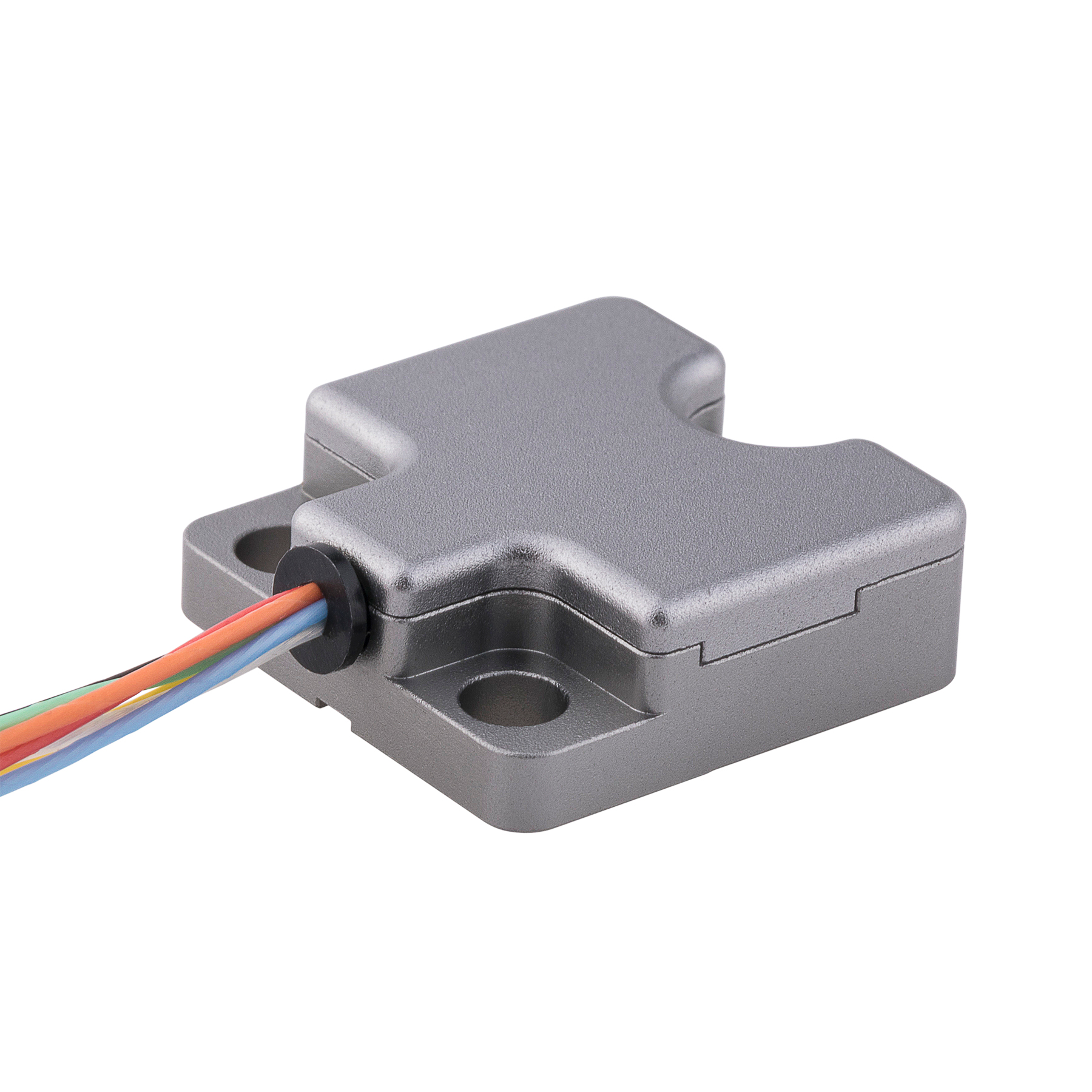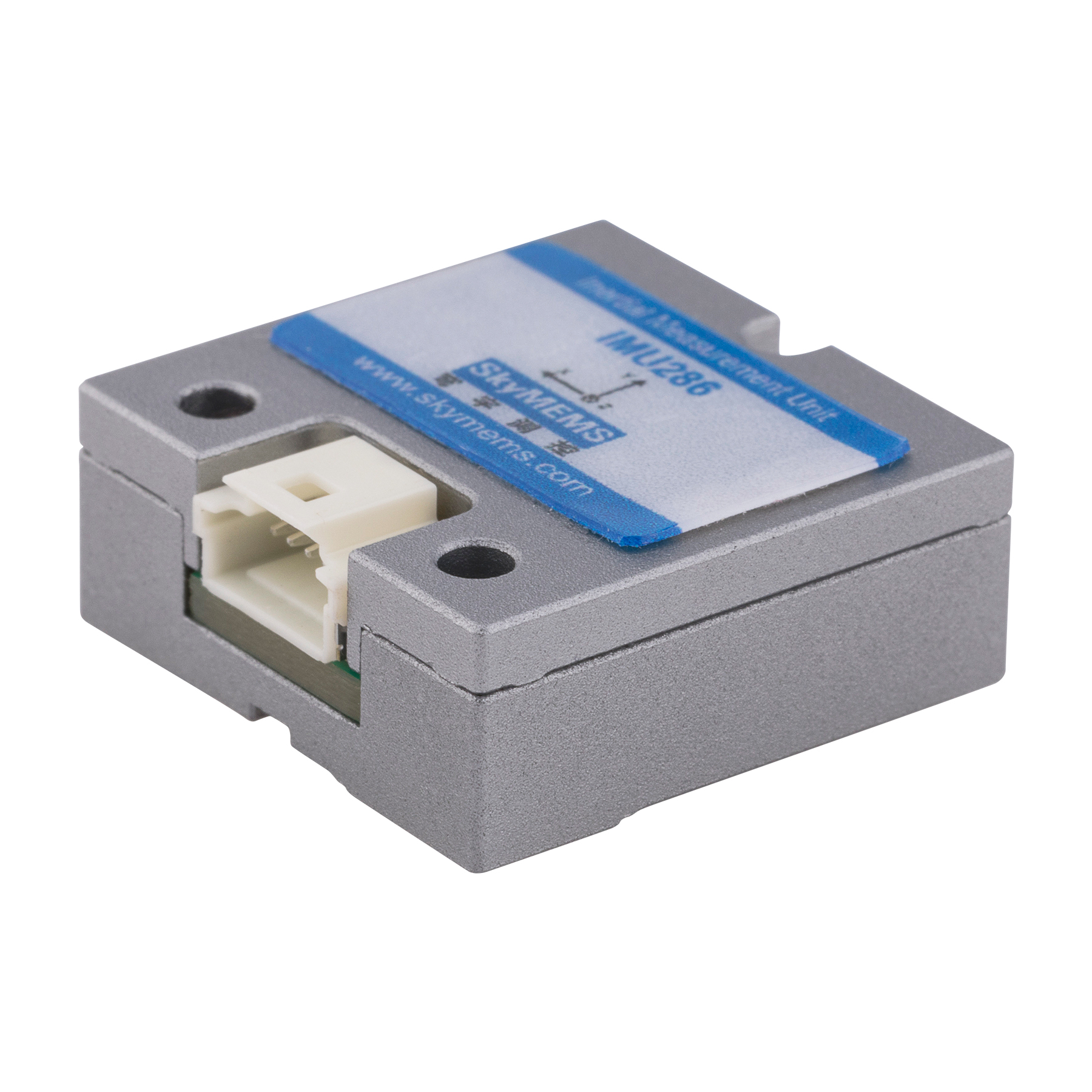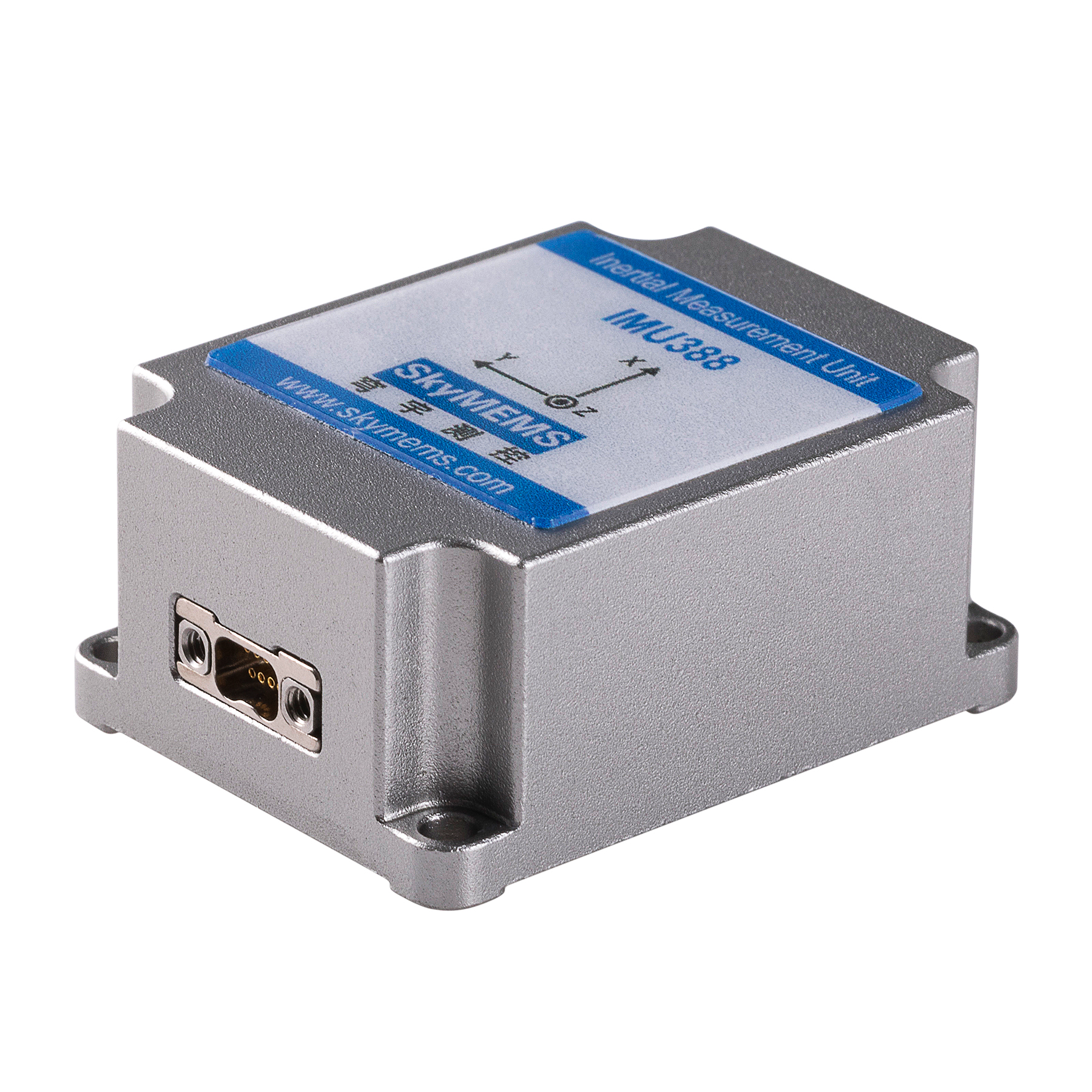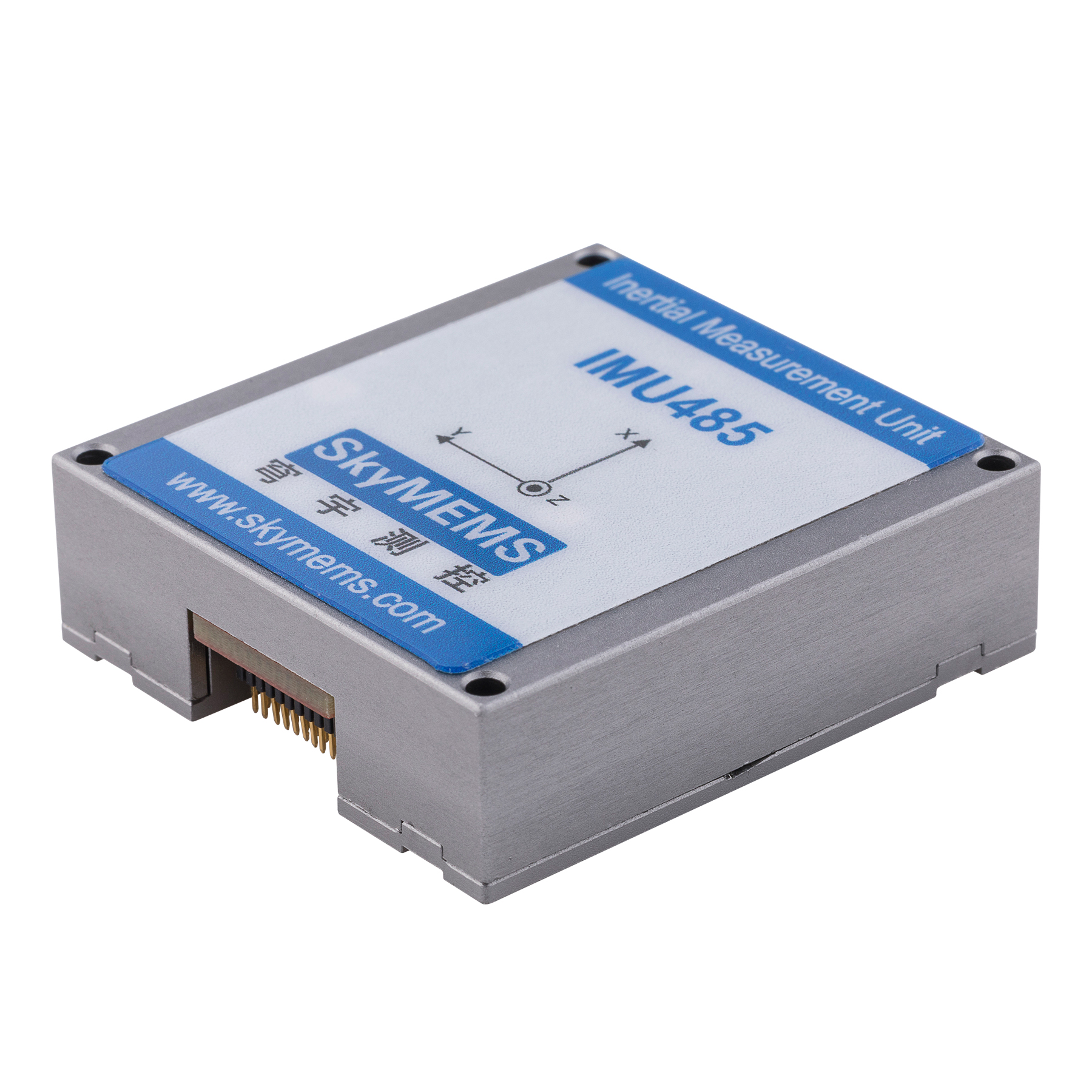1. What are single axis fiber optic gyroscopes?
What it is:
a device that measures the rotational and angular velocity of the device. The rotation speed is measured by using an optical fiber encased in a diameter of 0.2 mm and measuring it with a resolution of 2×1 m/s. The angular velocity can be measured by using an optical fiber encased in a diameter of 0.5 mm and measuring it with a resolution of 2×1°/s.
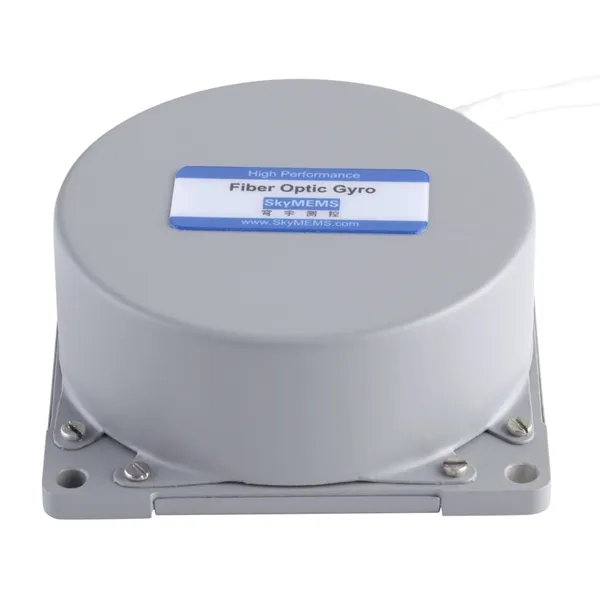
How it works:
It takes an input signal (a rotating probe) and outputs a calibrated output signal (a signal with an amplitude proportional to the angular velocity).
The device uses two types of sensors: one is based on spinning plates, while the other is based on magnetic field sensors that use light instead of electricity to measure rotation speed and direction. The spin plates are made from steel springs that are coated with phosphors as light sources, whereas magnetic fields are produced by coils embedded into aluminum foil sheets or copper pipes (which also have phosphors as light sources). They can be used to measure even smaller quantities such as torque and force, hence they are called torque-indicating gyroscopes or torque sensor gyroscopes.
2. What are single axis fiber optic gyroscopes used for?
What do single-axis fiber optic gyroscopes from China factories do? For a long time, we thought it was used to measure the performance of ball-bearings/magnetic sensors. But recently, as it turns out, SOGs are now used in navigation (navigation systems), precision pointing, and even automotive electronic systems.

3. The advantages of single axis fiber optic gyroscopes.
Fiber optic gyroscopes are used for navigation, measurement, and precision pointing. These are expensive machines, but you can get one for less than $100 (depending on the accuracy) and at least twice the cost of standard gyros with the same performance.

4. The applications of single axis fiber optic gyroscopes.
There are many applications of single-axis fiber optic gyroscopes. Among them are the following:
1. Positioning: Positioning equipment in a ship, aircraft, or another boat.
2. Navigation: The use of single-axis fiber optic gyroscopes for navigation, aiming, and pointing at objects with limited visibility or for small angles.
3. Precision positioning and pointing: Precision positioning and pointing is used in the field of science and technology to ensure accurate measurements are made in the shortest possible time without error due to human error and poor conditions.
4. Satellite navigation: The use of China single axis fiber optic gyroscopes by satellite navigation systems to correct for solar radiation interference effects.
5. Laser tracking systems with a single axis fiber optic gyroscope manufacturer as the active optical element, allowing laser-based localization control of a precision movement system on an aircraft wing or other solid object in space (such as a telescope).
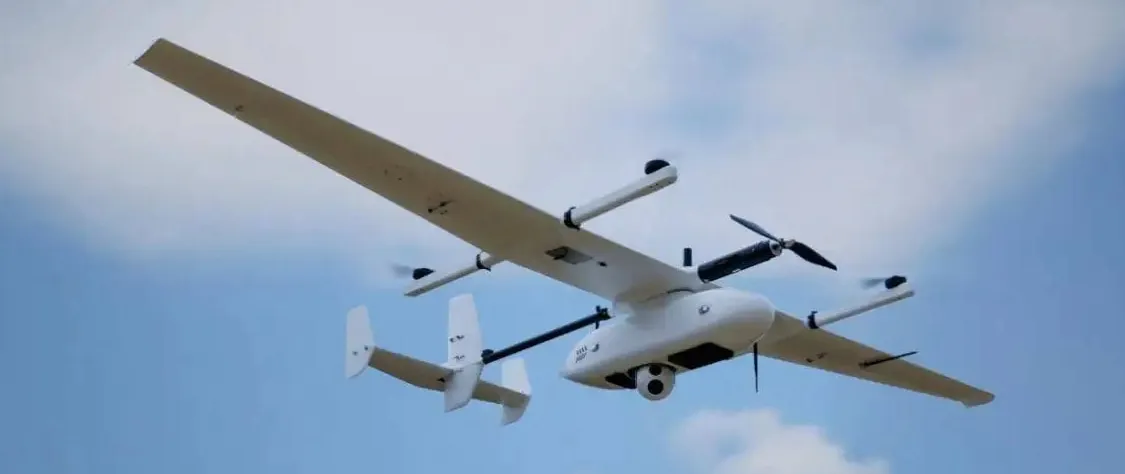
5. The working principle of single axis fiber optic gyroscopes.
Single axis fiber optic gyroscopes suppliers are widely used in various fields such as control, positioning, and orientation in robotics, etc. They can be classified into linear and non-linear types depending on the structure of the gyroscope. Linear gyroscopes are driven by the rotation of a mass (such as a yoke or ball) around a fixed axis (a stick or ring) with an electrical signal applied to them. The output signal is proportional to the output of rotational motion of the mass and hence its angular velocity. The linear type gyroscope is ideal for finding orientation in space; however, it is unable to detect magnitude or angle with high accuracy. Non-linear gyroscopes use a non-linearity other than mechanical precession based on electric current flow through certain types of coils that change their height over time.
The characteristics of these two types can be described as follows:
Linear Type: Angular velocity is proportional to the input voltage and hence the velocity depends only on the direction and speed of rotation of an object; If a vehicle’s wheels hit an obstacle at different speeds, its angular velocity will change from one point in time to another;
Non-Linear Type: Angular velocity depends mainly on charge density (the amount of electric current flowing through coils); Angular velocity depends mainly on magnetic field strength; when an object is moving at high speed, the magnetic field becomes stronger and charges become more concentrated whereas when it slows down, the magnetic field becomes weaker and charges become more dispersed.; What’s more, there also exists a phase where no charge is flowing, and hence angular velocity increases indefinitely due to the inertia effect (nonlinearity). This kind can be used for applications like calculating gravitational fields or detecting seismic waves. In general terms, it can be defined as the “degree” of linearity in comparison with the “degree” of non-linearity.

When comparing these two types we find that the linear type has a higher degree with respect to the non-linear type; however, the degree does not necessarily mean that they have equal performance levels. Regarding size difference you might also notice that the linear type has a larger size while the non-linear type has a smaller size; this is large because the linear type uses metal wire while the non-linear type uses aluminum alloy wire; this makes sense because metal wires have greater strength but aluminum
6. Conclusion.
This is a must-read for those who are curious about this exciting new technology.
The single-axis fiber optic gyroscope is the latest in a long line of revolutionary technologies. It was invented in the 1960s and has since been used to help aid sight, navigation, and other applications.
One of the first practical uses of these innovative devices was in the medical field where it helped surgeons keep track of their movements during surgery and thus prevent losing their concentration. This made it possible for surgeons to perform more delicate operations such as microsurgery, reconstructive surgery, and even cardiac surgery with fewer complications.
The next application would be image sensors used for augmented reality glasses. The use of these sensors makes it possible to view the real-time video right in front of your eyes without having to wear a large screen on your face or head. This increases the amount of information you can see at once without having to look away from what you want to view. It also eliminates the need for additional lenses that require growing eyesight as one age (the eye grows as we age).
These days, single-axis fiber optic gyroscopes are being used in everything from iPhones and iPods to remote-controlled drones and professional cars. They can be used in applications ranging from computer games, such as driving simulators, to precision medical diagnostics such as MRI scanners and CT scanners with their high-resolution imaging capabilities. They are even being used by NASA astronauts during space missions when they need to take measurements during a lengthy stay on board the International Space Station (ISS).

